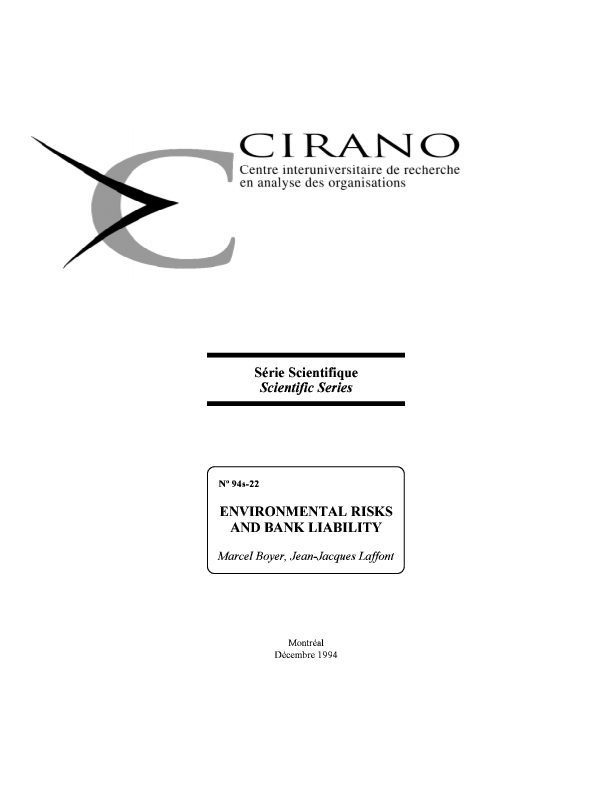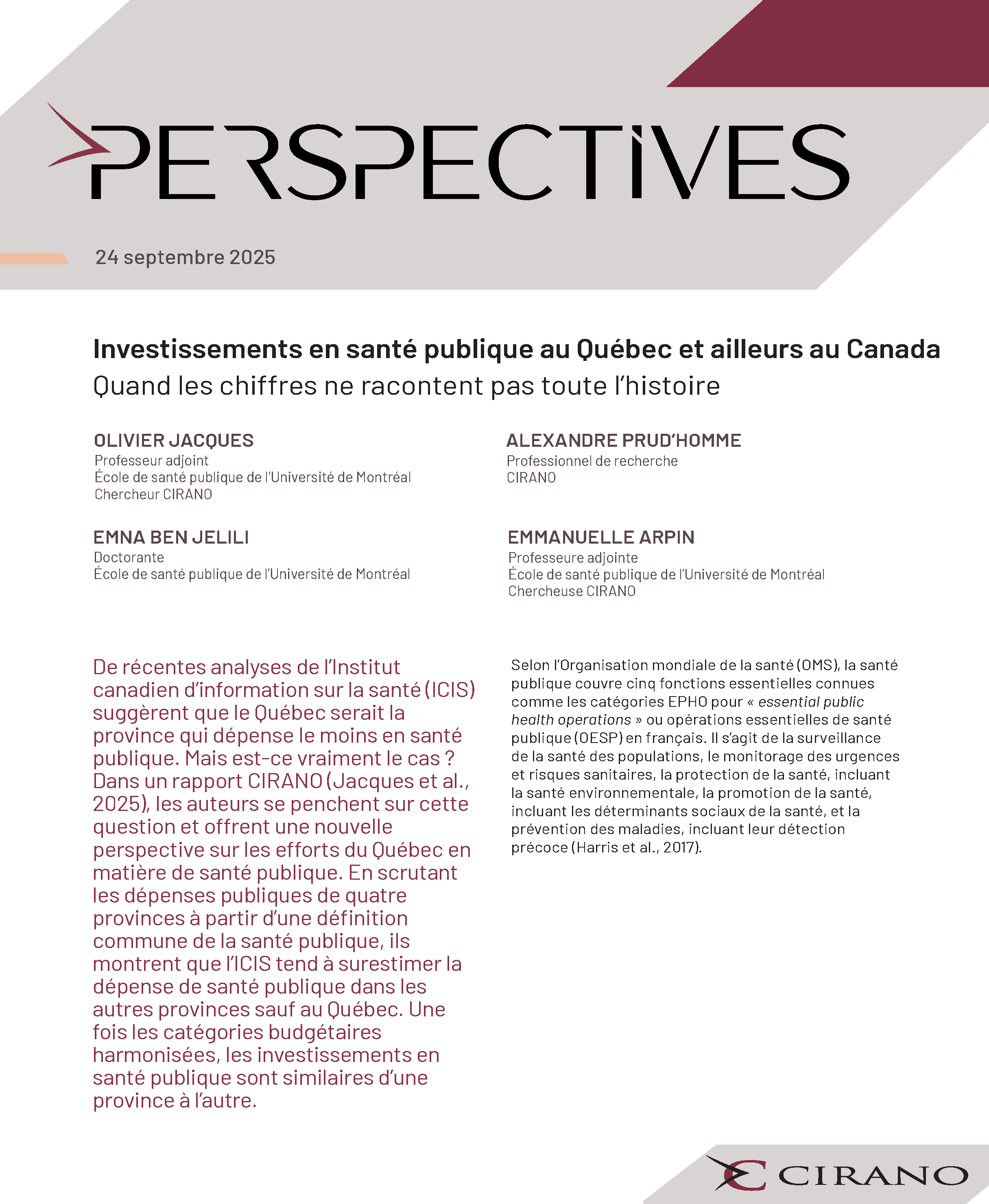Environmental Risks and Bank Liability
The 1980 Comprehensive Environmental Response, Compensation and Liability Act in the US has extended the tools of the Environmental Protection Agency to recover cleanup costs caused by pollution damages from the liable parties. In particular, the banks who finance the firms causing environmental damages may be considered liable. In various court cases, banks have been found liable, while they have been exempted in others. We develop a multipricipal-agent model in which the insurance sector may insure the firm for the pollution risk and the bank may lend money for investment. Under complete information of the bank about the firm's activities, the limited liability of the firm induces excessive investment and sufficient care but full liability of the bank creates the appropriate internalization of the environmental risk. This rationalization of the law must be qualified because in general the bank suffers from agency problems (adverse selection and moral hazard) with respect to the firm. In the adverse selection case, full liability of the bank leads to underinvestment. Partial liability is better but may fail to implement the optimal second best allocation. In the case of moral hazard, full responsibility is killing the project too often while still leading to low care too often. Partial responsibility may achieve the second best optimal allocation but in some cases the level of responsibility necessary to induce the proper level of care is too high for the project to be financed by the bank.
[ - ]




